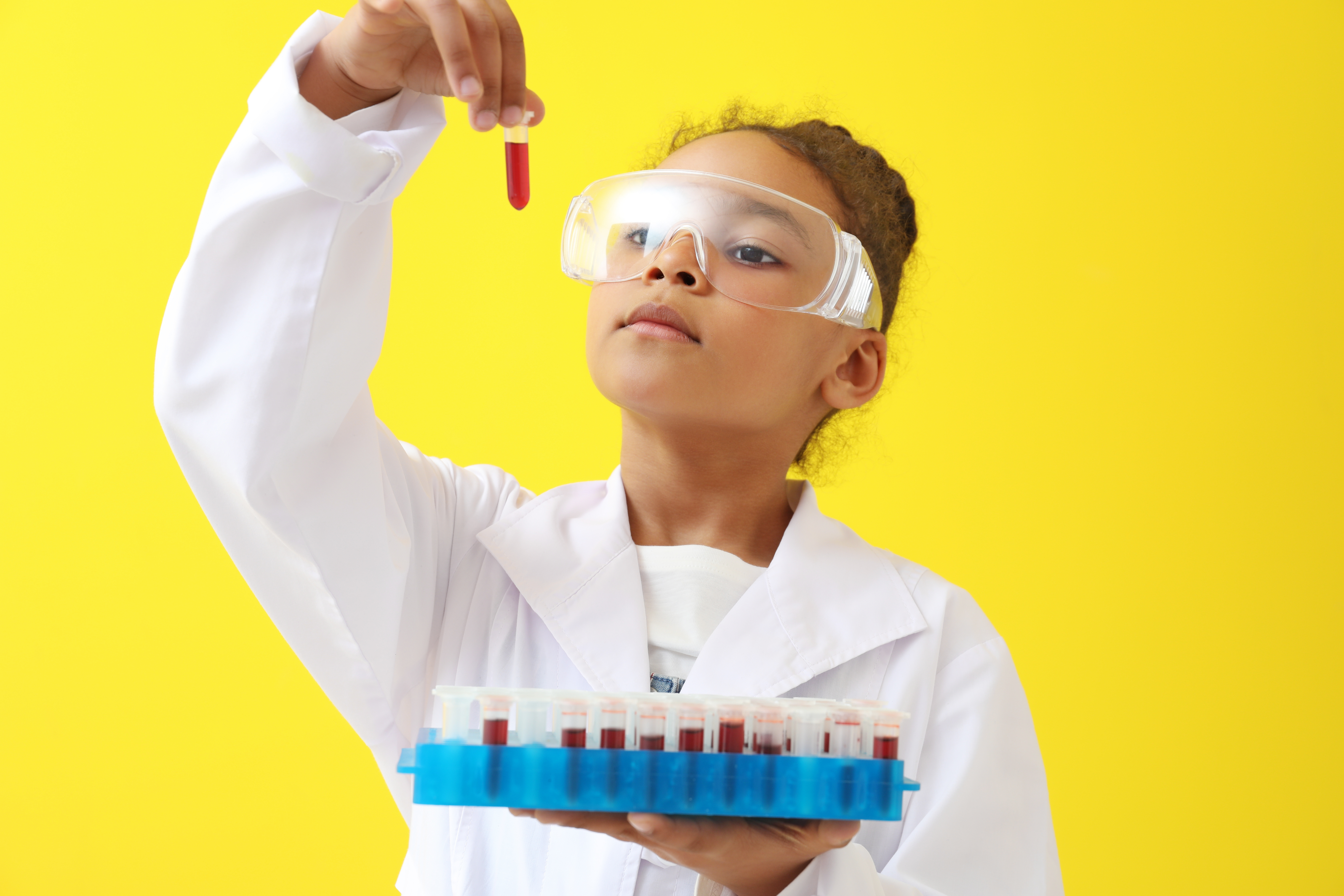Toy Association Updates Members on Potential Changes to Chemical Standards
 August 17, 2022 | The Toy Association is advising members that the ASTM International F15 Committee on Consumer Products is working on a proposal to develop an international standard for selecting appropriate test methods to measure per- and polyfluoroalkyl substances (PFAS) in consumer products.
August 17, 2022 | The Toy Association is advising members that the ASTM International F15 Committee on Consumer Products is working on a proposal to develop an international standard for selecting appropriate test methods to measure per- and polyfluoroalkyl substances (PFAS) in consumer products.
The proposal comes in response to increased scrutiny of the environmental and health impact of PFAS and an overall need for direction regarding appropriate methods for measurement of PFAS levels in consumer products due to the broad variety of materials they contain.
Although toy manufacturers are not intentionally adding PFAS to their products, the substances may be found in low levels in some toys and packaging (fabric finishes, wire insulation, certain paints, powder coatings, adhesives and inks, kids’ cosmetics, and grease-resistant coatings for paper and paperboard).
While regulatory and legislative authorities are increasingly establishing requirements for restriction and disclosure of the intentional use of PFAS in various products, many of these authorities have not specified applicable methods for their measurement. According to the ASTM prospectus, currently used analytical approaches for measuring PFAS have focused on PFAS in environmental samples, which aren’t applicable to industrial items, processes, and product materials used by consumers.
The Toy Association actively monitors and advocates on emerging regulatory issues related to PFAS chemicals. Most recently, the Association helped secure amendments to remove overburdensome reporting requirements in a Colorado bill to phase out the sale or distribution of products that contain intentionally added PFAS chemicals. The Toy Association has also advocated against an Environmental Protection Agency (EPA) proposed rule impacting importers and small businesses, who would have had to invest in additional research to determine any uses of PFAS substances in their products going back to 2011 and report on any findings, despite how unlikely it is that these materials are intentionally added to toys.
The Toy Association will continue to update members on developments as they emerge.
Questions may be directed to The Toy Association’s Jos Huxley, senior vice president of technical affairs, and Alan Kaufman, senior advisor of technical affairs.